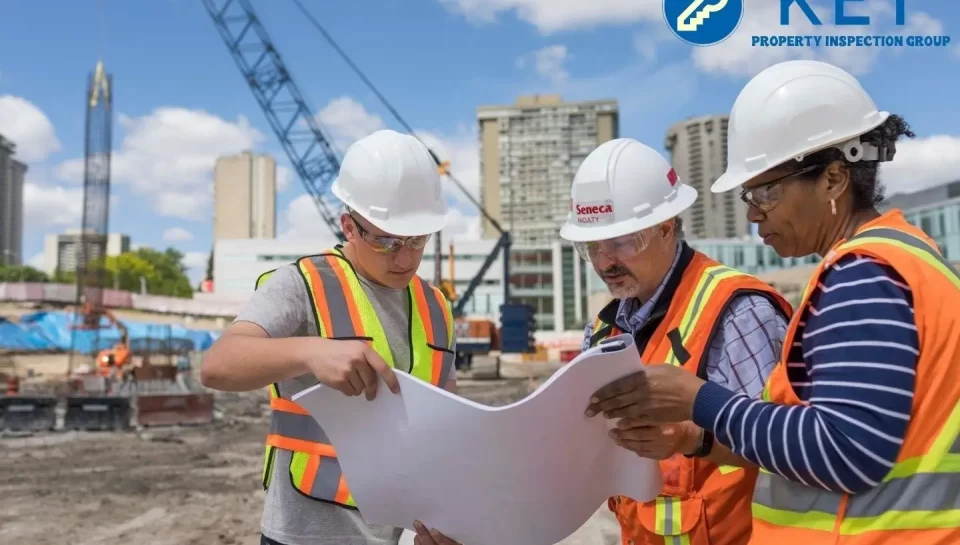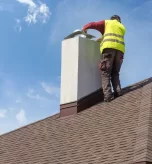The importance of home in a person’s life cannot be overestimated. A home is more than just a physical structure; it is a space where individuals find comfort, security, and a sense of belonging. It allows us to carry on with our lives smoothly, providing a stable environment for personal growth and family bonding.
What Makes a House a Home?
A house is typically a structure made of bricks, concrete, and other building materials. It contains rooms and various living spaces designed for practical use. However, it becomes a home when it is filled with happiness, love, and the presence of people who share meaningful connections. Key elements of a good home include:
- Efficient energy systems
- Proper water flow
- Reliable heating and cooling systems
These features contribute to a comfortable daily routine. Additionally, professional home inspection services can help ensure a house meets these standards, enhancing the quality of living.
Read More: Key Points Inspectors Focus On During Home Inspections
Types of Home Inspections
Home inspections are essential to maintaining a safe and functional living environment. Here are the most common types:
1. Pre-Purchase Inspection
An affordable home inspection in Los Angeles, often called a pre-purchase inspection, is conducted before buying a property. A qualified inspector examines the property thoroughly to identify any major defects or issues. This inspection covers:
- Structure
- Electrical systems
- Plumbing
- Roof
- Walls and floors
The inspector provides a detailed report outlining any concerns and recommendations for repairs. This information helps buyers make informed decisions and can be a valuable tool for negotiating the price and terms of the sale.
2. Home Warranty Inspection
A home warranty inspection is performed when purchasing a home warranty. Its purpose is to identify existing conditions or systems that may not be covered under the warranty policy. The inspector evaluates:
- Heating and cooling systems
- Plumbing and electrical systems
- Home appliances
The results help homeowners negotiate coverage for excluded items and understand the condition of their home’s systems.
3. New Construction Inspection
A new construction inspection takes place during the building process of a new home. This inspection ensures that construction complies with building codes, safety regulations, and approved plans. Inspectors review:
- Construction progress
- Compliance with building codes
- Structural integrity
These inspections occur at various stages, such as the foundation, framing, and completion, to ensure quality and safety.
Read More: How To Find The Best Home Inspection Services?
4. Lead-Based Paint Inspection
A lead-based paint inspection assesses whether a property contains hazardous lead-based paint, commonly found in homes built before 1978. Inspectors use specialized equipment to test for lead. The report includes:
- Presence and location of lead-based paint
- Recommendations for abatement or remediation
This inspection is crucial when buying, selling, or renovating older homes to protect occupants’ health.
5. Termite Inspection
A termite inspection, often performed by key property inspection groups, detects termite infestations and assesses structural damage. Inspectors use visual checks and specialized tools to identify:
- Signs of termite activity
- Extent of damage
- Risk of future infestations
Timely detection helps prevent costly repairs and preserves the property’s structural integrity.
6. HVAC Inspection
An HVAC inspection evaluates a home’s heating, ventilation, and air conditioning systems. The goal is to identify:
- Outdated or inefficient equipment
- Potential safety hazards
- Areas for energy efficiency improvement
Inspectors check the furnace, air conditioner, ductwork, and thermostat, providing recommendations for repairs or upgrades to ensure optimal performance.
Conclusion
A home is more than just a shelter; it is the foundation of our lives. Ensuring it is safe, comfortable, and well-maintained is essential. Home inspections play a critical role in identifying potential issues early, protecting your investment, and creating a secure living environment.





